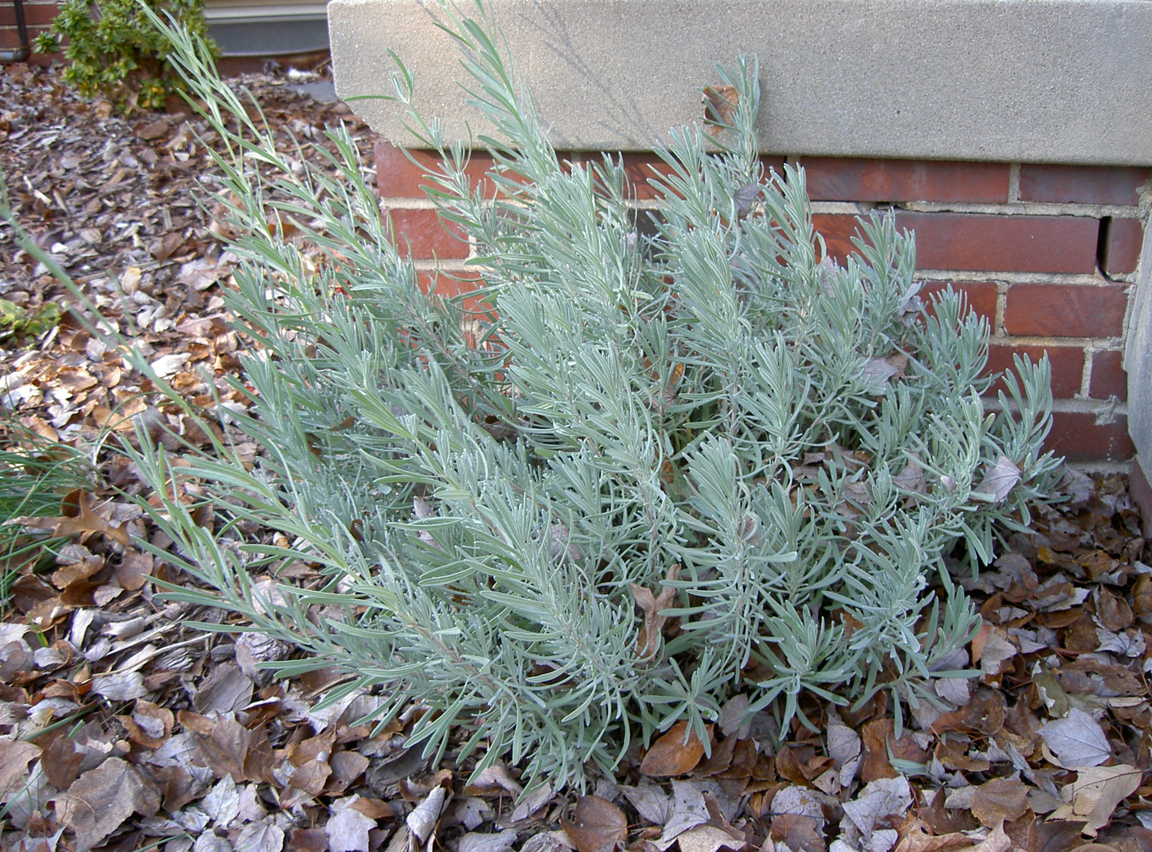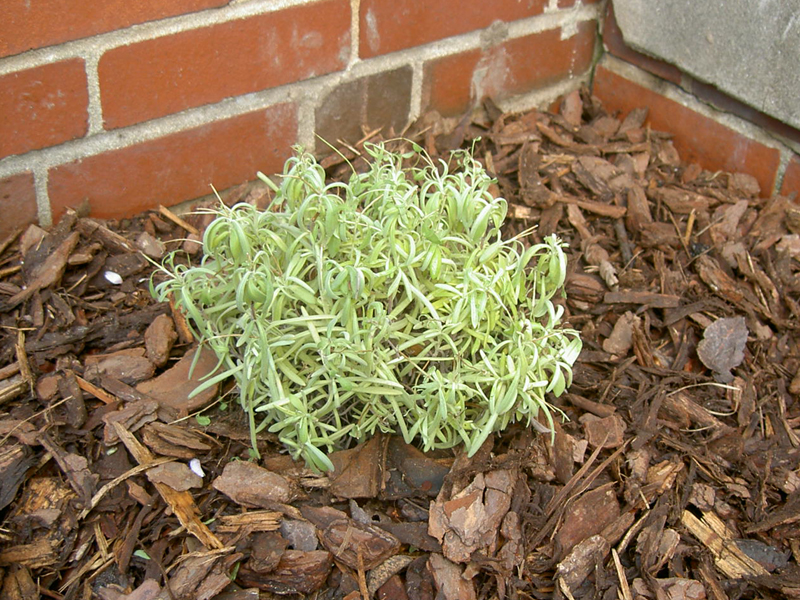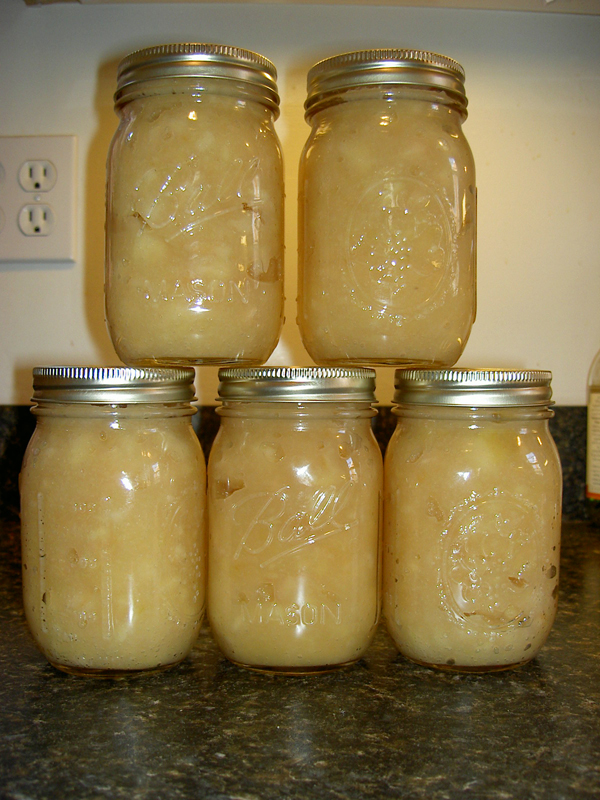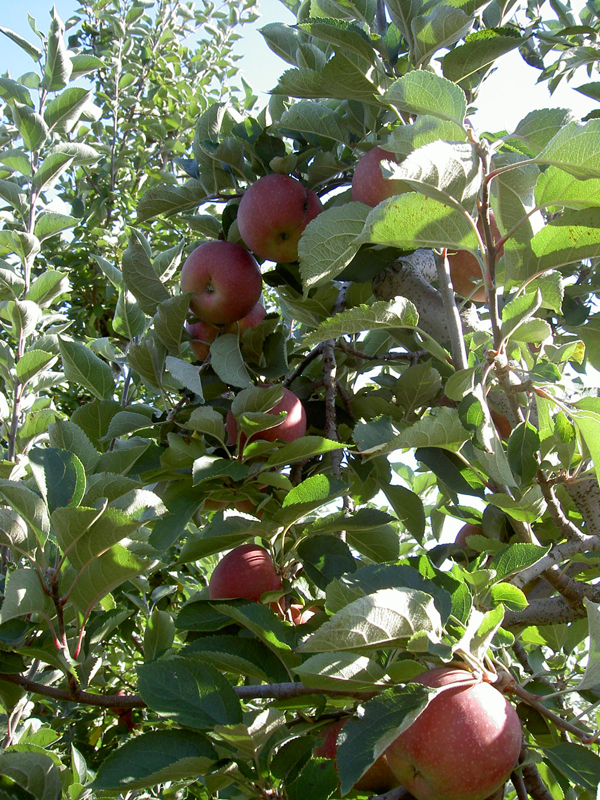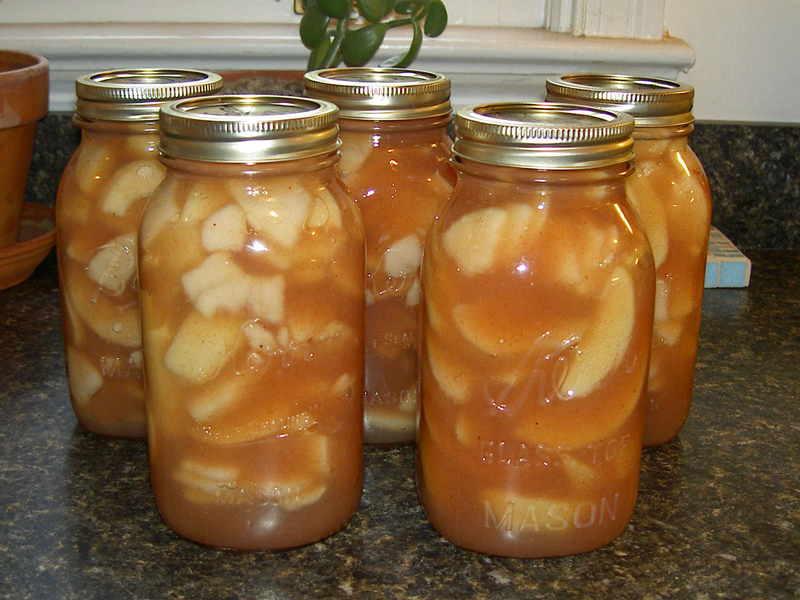
About half the tomatoes we received from the folks we know in Frederick.
This summer we expected to have three sources of tomatoes: our farm share; our own plants; and my partner’s boss, who brings surplus vegetables from his home garden into the office. As expected, we did receive quite a few from the farm share, which I ate sliced onto sandwiches if they were big and my partner took as part of his lunch if they were small. Sadly, our homemade boxes did not really work out. I suspect that we both overwatered and overfertilized them, as the plants turned pretty much completely brown. We ended up getting about a half dozen cherry tomatoes and four regular ones from the seven plants, with a very daring squirrel making off with most of the green tomatoes as they reached a goodly size. We may try again next year, but it’s more likely that we’ll dig a garden into the ground either next summer or in two years, whenever the major work on the foundation and in the yard is completed.
By far the most prolific source of tomatoes, though, was my partner’s boss. He and his spouse have an enormous home garden that includes 40 tomato plants of 25 varieties, and that’s simply more than they’re able to eat and process. We were invited up to the house to see the property and have dinner; they built a house on former farmland that is now wooded and zoned for conservation. After a very nice evening walking in the woods, harvesting in the garden, and sharing a meal, we were sent home with a trunk full of mason jars — this was part of the plan, as they had acquired many more than they now need over the years and were looking to donate them to someone just starting out with canning, which would be me — and a back seat full of beautifully hued heirloom tomatoes. When we got home, I sorted them into baskets by type and promptly gave away about a third of them to neighbors and friends, discovering in the process that heirloom tomatoes are a perfectly valid and welcome contribution to a summer potluck. Even with eating the cherry tomatoes like they were candy, we were still left with about a dozen quarts of tomatoes of varies shapes, sizes, and flavors, which required me to get creative.
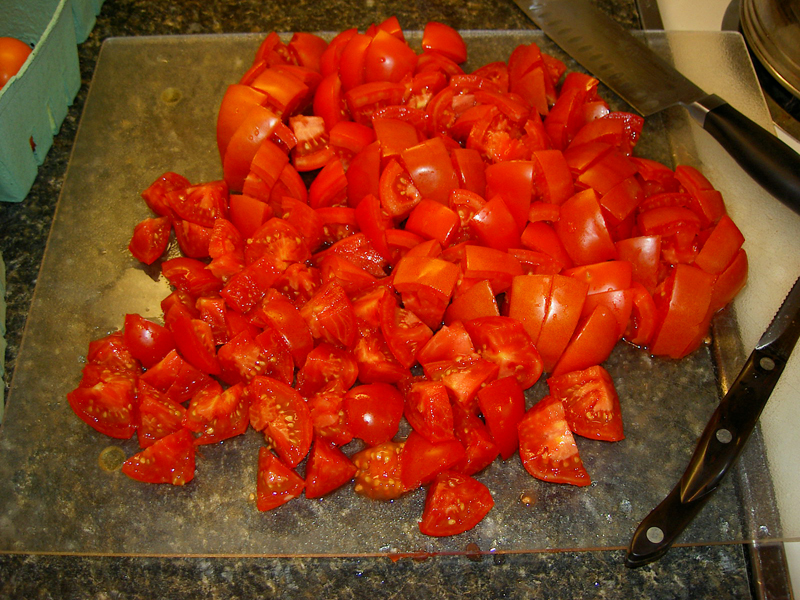
Chopped up and headed into sauce.
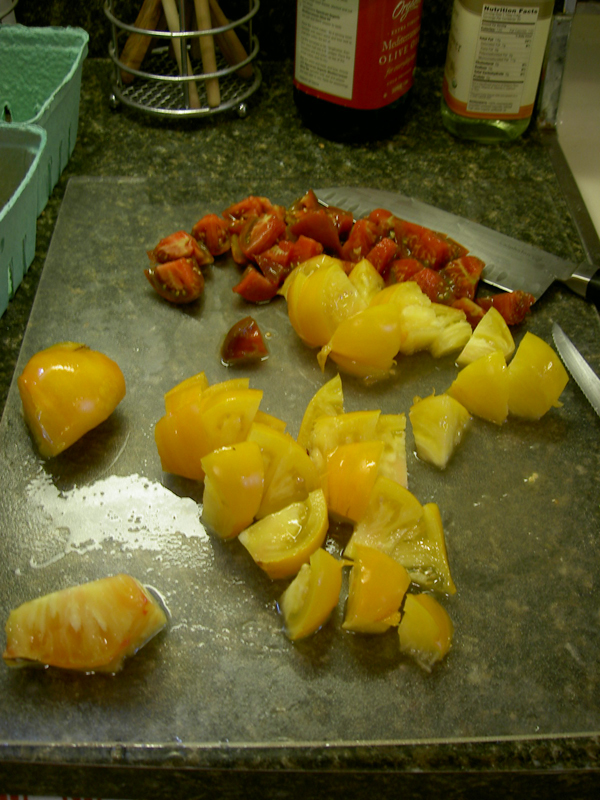
Chopped up and headed into turkey lentil pilaf.
The first thing I did with the tomatoes was stew them up with onions and the spicy peppers we received from our farm share into a sauce that I served over cornbread. I use the cornbread recipe from Sundays at Moosewood Restaurant, substituting just about everything: I like the recipe because it remains delicious with rice milk, whole wheat flour and egg beaters. We had that meal for a couple of nights, I put three containers of sauce in the freezer, and we were still looking for something to do with the rest of the tomatoes. I turned at that point to my new favorite cookbook, Simply In Season and hit upon turkey lentil pilaf. This recipe not only used a bunch of fresh tomatoes, but had the added advantage of using the two packages of ground turkey that had been in the freezer for nearly a year. It also used up a of couple of containers of chicken broth that I made last winter from the farm share’s stewing chicken and some of the lentils and some of the stockpile of lentils and rice, so it was a good eating-from-the-stores recipe all around. Between making that twice, eating sliced or cherry tomatoes as snacks, and mixing up a couple of large batches of cucumber-tomato-mint salad, we managed to make our way through the tomatoes in about two weeks.
Of course, our farm share tomatoes kept coming: I have about a quart in the kitchen right now and will pick up more tomorrow. The ones in the yard, we decided to just leave for the squirrels.
